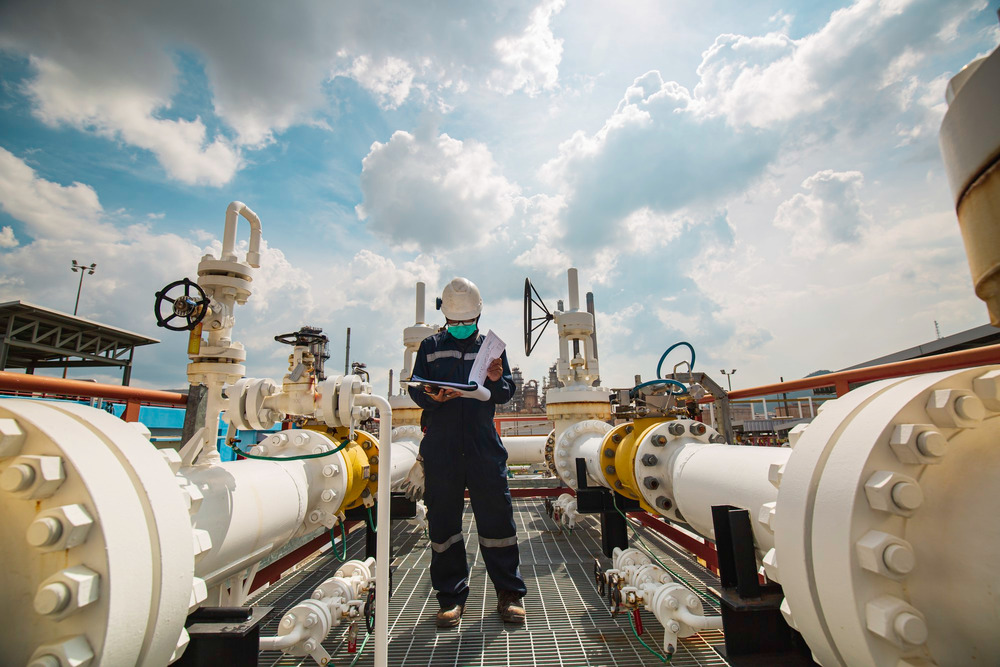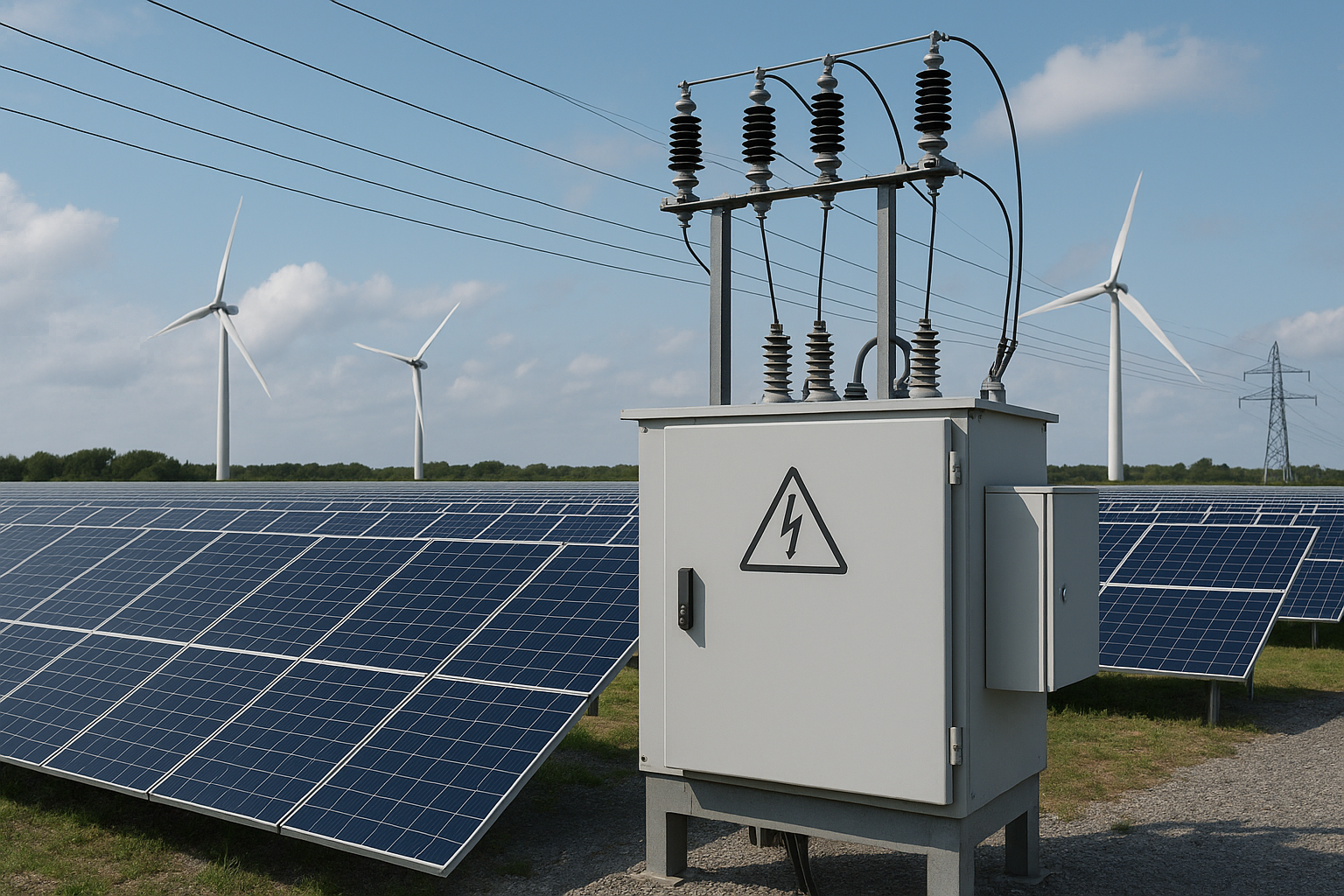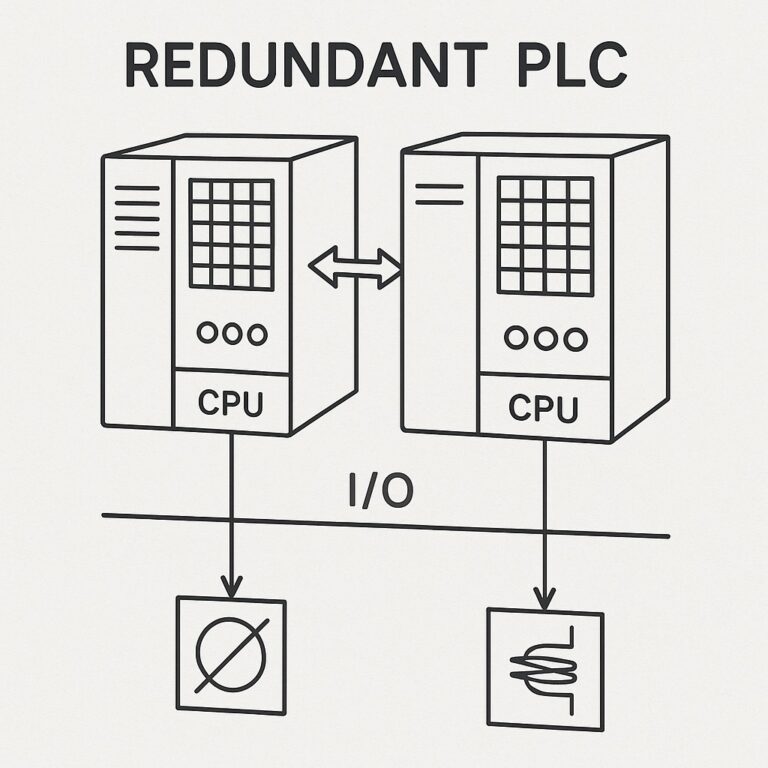Cookie Settings
On this website, we use cookies and similar functions to process device information and personal data. The processing serves the integration of content, external services and elements of third parties, statistical analysis/measurement, personalized advertising and the integration of social media. Depending on the function, the data is transferred to and processed by third parties. This consent is voluntary, not required for the use of our website and can be revoked at any time using the icon at the bottom left.












